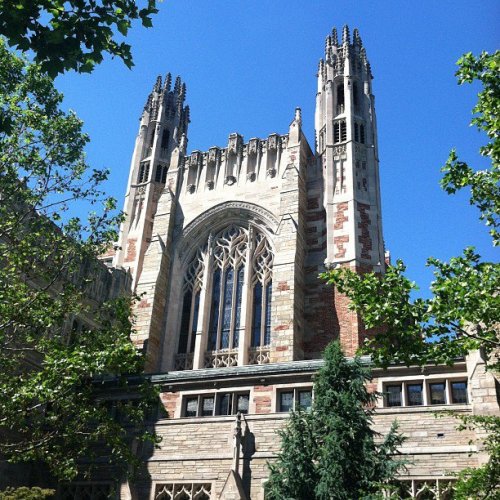A massive investigation into the Tsarnaev family that casts into doubt the notion that Dzhokhar Tsarnaev was the dupe of his older brother, Tamerlan. A harrowing two-part story on a supposed case of “medical child abuse” that raises serious questions about one of our most respected hospitals. And a feel-good story posted to Twitter that immediately goes viral.
It was quite a two days for The Boston Globe, starting with the Sunday edition and wrapping up Monday evening, when staff reporter Billy Baker’s tweets about a poor teenager getting accepted into Yale were cited by the likes of BuzzFeed and Piers Morgan.
It was the Tsarnaev package that has received the most attention. Reported by Sally Jacobs, David Filipov and Patricia Wen (Filipov, a former Moscow bureau chief for the Globe, visited Dagestan, where he learned of Tamerlan’s inept efforts to join an Islamist insurgency), the story provides the most thorough overview yet of a dysfunctional family dynamic that ultimately led the Tsarnaev brothers into terrorism.
The story defies summary. For me, the most fascinating takeaway is that Dzhokhar, far from being manipulated by Tamerlan, was himself an angry young man and a big-time pot dealer who was at the very least a co-equal of Tamerlan’s. With Tamerlan reportedly hearing voices and seemingly unable to make coherent plans, Dzhokhar may well have been the key to pulling off the Boston Marathon bombings.
Indeed, it was Dzhokhar, according to the Globe report, who downloaded an article in an Al Qaeda publication titled “Make a bomb in the kitchen of your mom.” No doubt this is the sort of thing we can expect to hear at Dzhokhar’s trial, especially if prosecutors seek the death penalty.
(And a quick word about the Boston Herald, which tries to claim that what the Globe published was a politically correct puff piece about the Tsarnaevs — see this, this and this. Just stop, OK? You’re embarrassing yourselves and exploiting the victims of the Tsarnaev brothers’ act of terrorism. At least Herald columnist Margery Eagan hasn’t taken leave of her senses.)
One final point: Even though the Globe published a special eight-page section for its Tsarnaev story, the package was most fully realized online, where it received the large-type/big-art treatment that has become known as the “Snow Fall” effect, after a pioneering New York Times multimedia story. The message is that, increasingly, newspapers are treating their print editions as a secondary medium — even as they continue to bring in most of the advertising revenue.
Abuse — or a terrible mistake?
If it hadn’t been for the Tsarnaev package, I imagine the big news of the week would be Neil Swidey and Patricia Wen’s report (here and here) about Justina Pelletier, a 14-year-old from Connecticut who was taken to Children’s Hospital with what had been diagnosed as a metabolic disorder.
Doctors at the hospital concluded that Justina was actually the victim of “medical child abuse” at the hands of her parents. They placed the girl in a locked psychiatric unit for months while they tried to figure out what to do next. It is a harrowing and horrifying story, and it’s difficult to know who’s right and who’s wrong. But there are some strong suggestions that Children’s made a terrible mistake:
- Justina’s older sister had been diagnosed with a milder form of metabolic disease, yet was living at home with no apparent issues.
- Justina’s condition did not improve in the absence of her parents.
- Dr. Mark Korson, a Tufts physician who had provided the initial diagnosis, was treated with contempt by Children’s and not allowed to participate in Justina’s treatment.
One inescapable conclusion: If the people at Children’s now harbor doubts about their actions, they dare not admit it because of the legal and professional ramifications. The case is as yet unresolved, and I look forward to learning more.
Billy Baker’s tweets of hope
Finally, there is Billy Baker’s remarkable series of tweets, which he began after learning that George Huynh had been accepted into Yale. Baker profiled George and his older brother, Johnny, two years ago. They were both attending Boston Latin School and were determined to rise up despite the suicide of their father and the mental illness of their mother. It began as simply as this:
I'm going to tell you a story.
— Billy Baker (@billy_baker) December 16, 2013
It turns out that Baker had stayed in touch with the Huynh brothers after his story was published and had become something of a mentor to them. The tweets tell a full, deeply moving story, ending with George’s smiling face.
I’m not sure Twitter is the best tool for narrative journalism, but Baker made it work. And he put a smile on everyone’s face just before Christmas.
Correction: I misspelled Swidey’s name in the original post.



